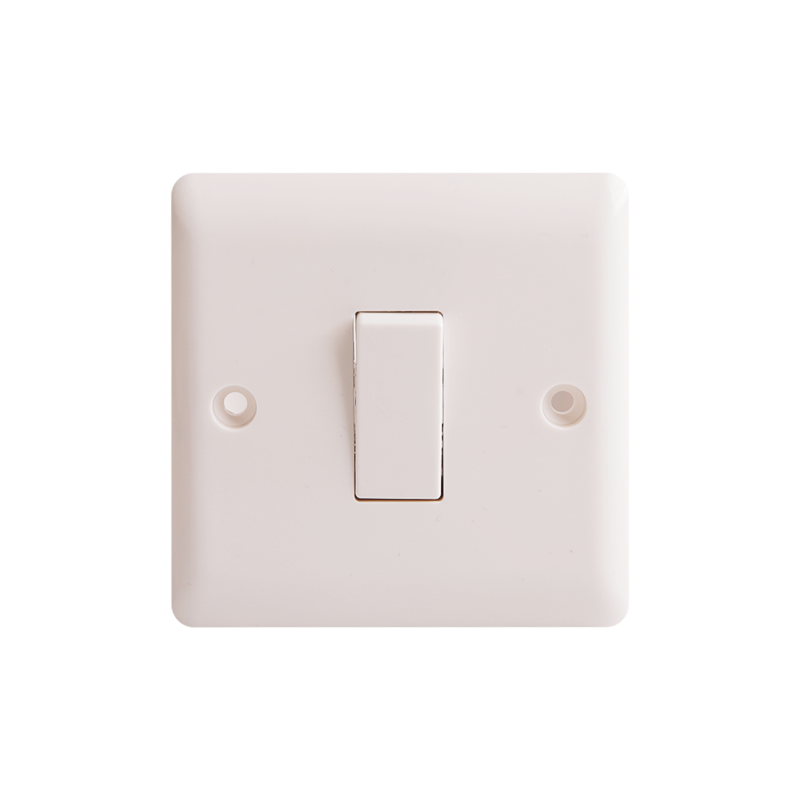You might be wondering if you need a switch socket for your home or office. Switch sockets are useful for connecting electrical equipment to a primary power source, and they also allow you to time the operation of your appliances. You can even use them to control the lighting in your aquarium, or to regulate the irrigation in your garden. Depending on the type of socket you need, you can choose between various types that will accommodate different voltages and connectors.
The first twin-gauge sockets were patented in 1975 by the Vimar brand, as the Bpresa model. But later, other brands began selling similar products under the generic name of presa bipasso. Today, many countries require sockets to feature shutters to protect against foreign objects. In fact, a single-gauge socket is safer than two or more sockets with different voltage and current ratings. But which type of switch socket is right for you?
One thing to consider when buying a switch socket is its fuse life. The life of a 3A fuse is about 80 seconds, and a 20-amp fuse is about 80 minutes. In contrast, a 13-amp fuse has a life of 400 seconds. A 13-amp fuse has a life of 1-400 seconds and is rated for 30 A. A 13-amp fuse is also safe and is generally used in home electrical systems.
A round pin socket is similar to a standard that is used in Australia and New Zealand. These sockets have a round earthing pin on the top and a larger T-shaped slot on the bottom. The latter has an earth pin that is longer than the former two, and is used for Class-II appliances. Its standard also includes a longer earth pin to connect to the earth path before and after the live pins are disconnected.
A five-amp socket corresponds to Type D in the IEC table. These sockets were originally used for low-power appliances. Some people still use this socket for this purpose. The IEC table lists the three main socket types for different voltages. BS 1363 sockets were introduced in 1926. They still have some uses in the United Kingdom. It was once used in theatres and other similar establishments. There are several other types of switch sockets, but this article will discuss three of the most common.
The safety requirements of a switch socket are governed by the Irish Standard 401. It specifies safety standards for 13 A fused plugs, non-rewireable sockets, and insulating sleeves on the live and neutral pins. In Ireland, this type of plug is required by consumer protection legislation. For example, BS 1363 plugs are designed to be used near water taps. Some people use these sockets for electric razors near a sink, but they may not be suitable for higher-powered appliances.
A socket is a mechanical device that connects devices to a network. They are simple and easy to install, but there are several types of sockets. A telephone socket is electromechanical and makes it possible to connect two phone lines. However, its simplicity means that it may soon become outdated if the proliferation of mobile devices continues to grow at an increasing pace. BS1363 sockets, on the other hand, combine male and female contacts.
A switch socket has two different types of pins: a round earth pin and a rectangular ground pin. This earth pin connects before the energized contacts touch. The earth pin is offset by 10 mm from the plug, while the pins of the plug measure 4.8 by 19 mm. In addition to the sleeved earth pin, this type also includes a receptacle that accepts a non-rewirable plug.
A 13A switch socket is one of the most common types of switches available. These are 2-gang DP switches with dual earth terminals and are essential for all interiors. They are also available in various finishes and incorporate LED dimming and integrated USB ports. Many people find them convenient and easy to install, but you should still learn more about them before you buy. Once you have a basic understanding of switch sockets, you can make a better purchasing decision for your home or office.
British Standards have defined various types of plugs and sockets. These standards are still followed today. Sockets and plugs for domestic use are classified by BS 546. These types of sockets are used worldwide for special applications, such as in hospitals and schools. In the UK, BS 546 sockets are permitted, but are not generally used for household use. There are three versions of the BS 372 standard. The first one has a rectangular live and neutral pin and BS 4573 has a rounded earth pin.
